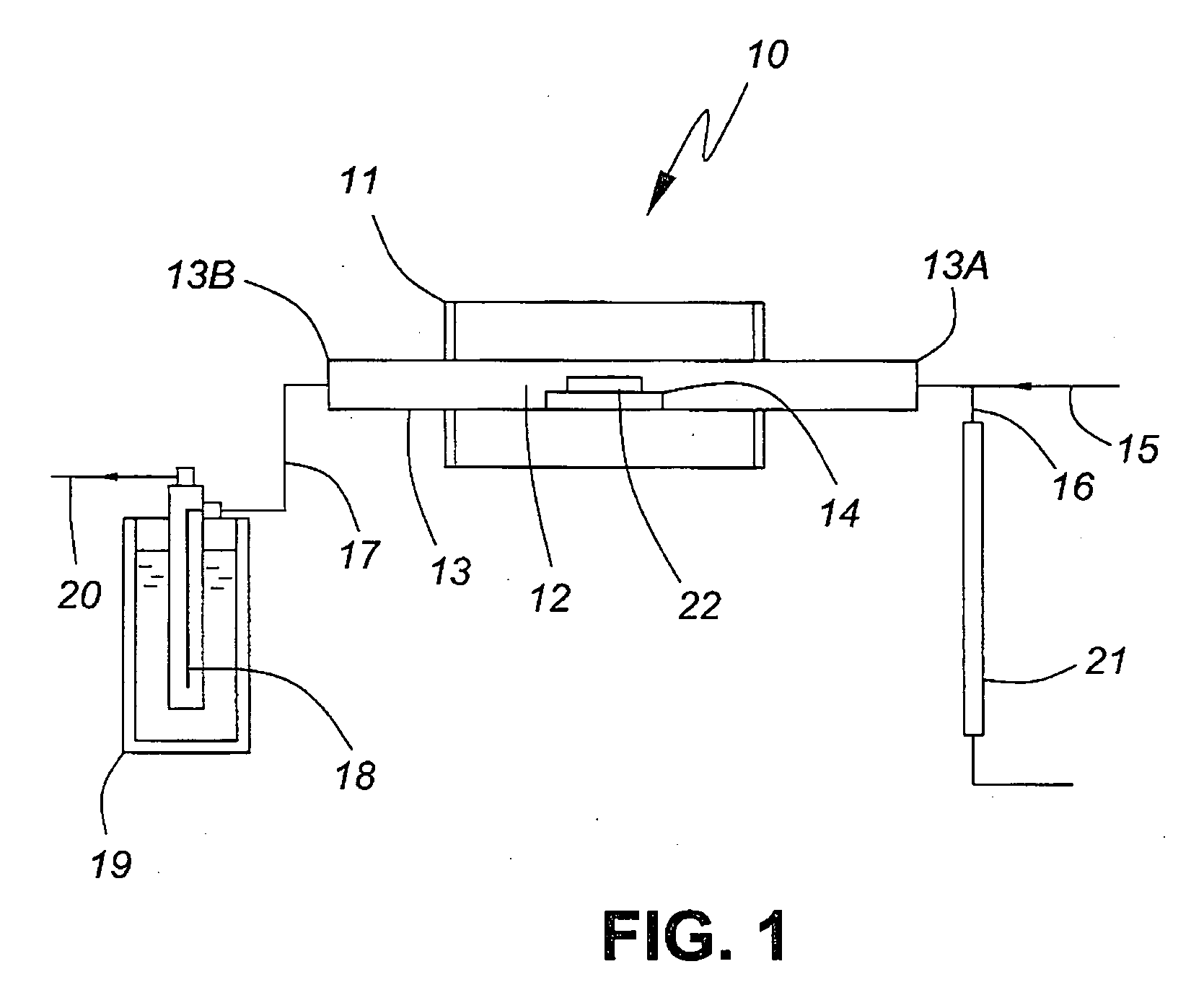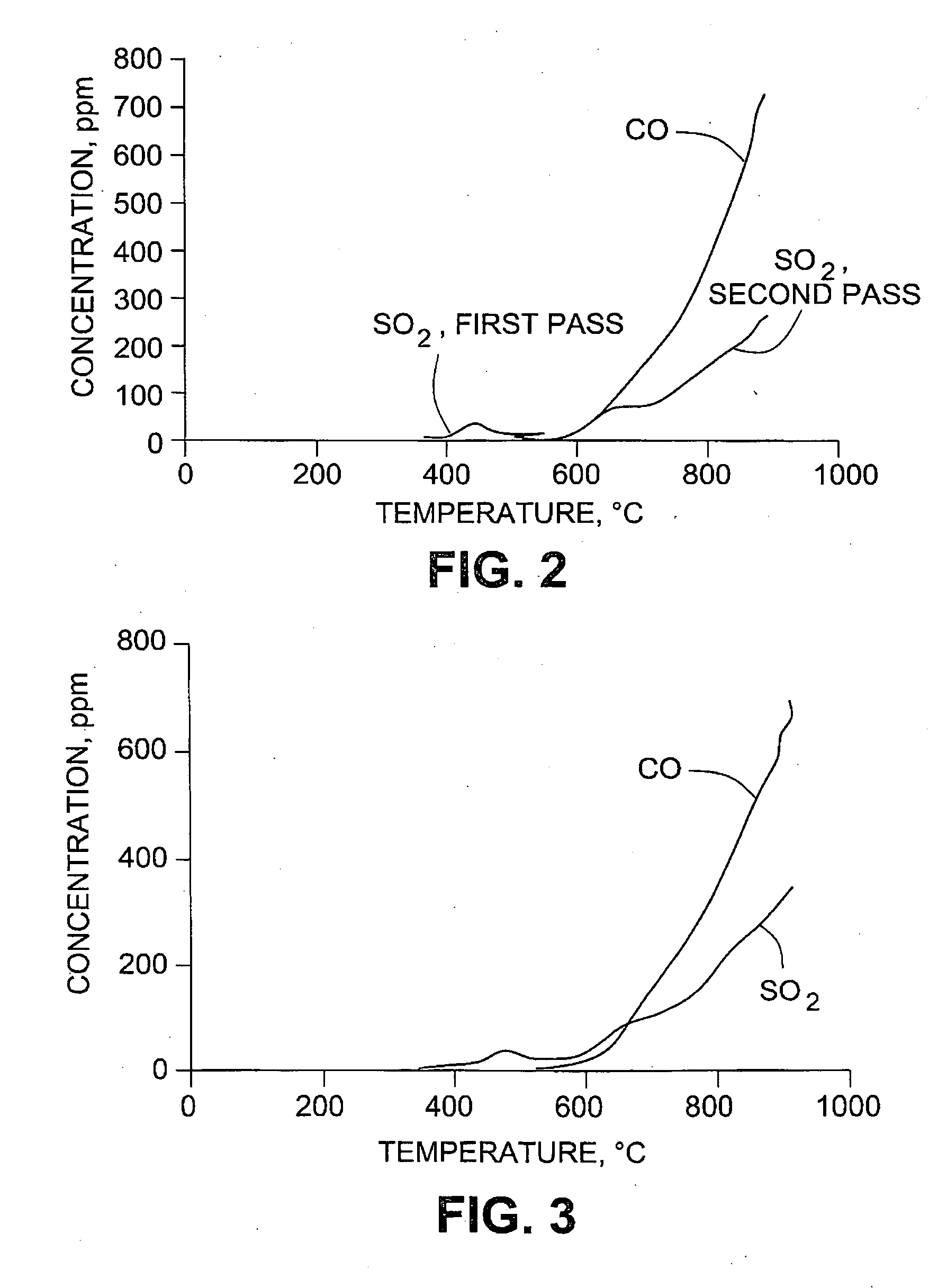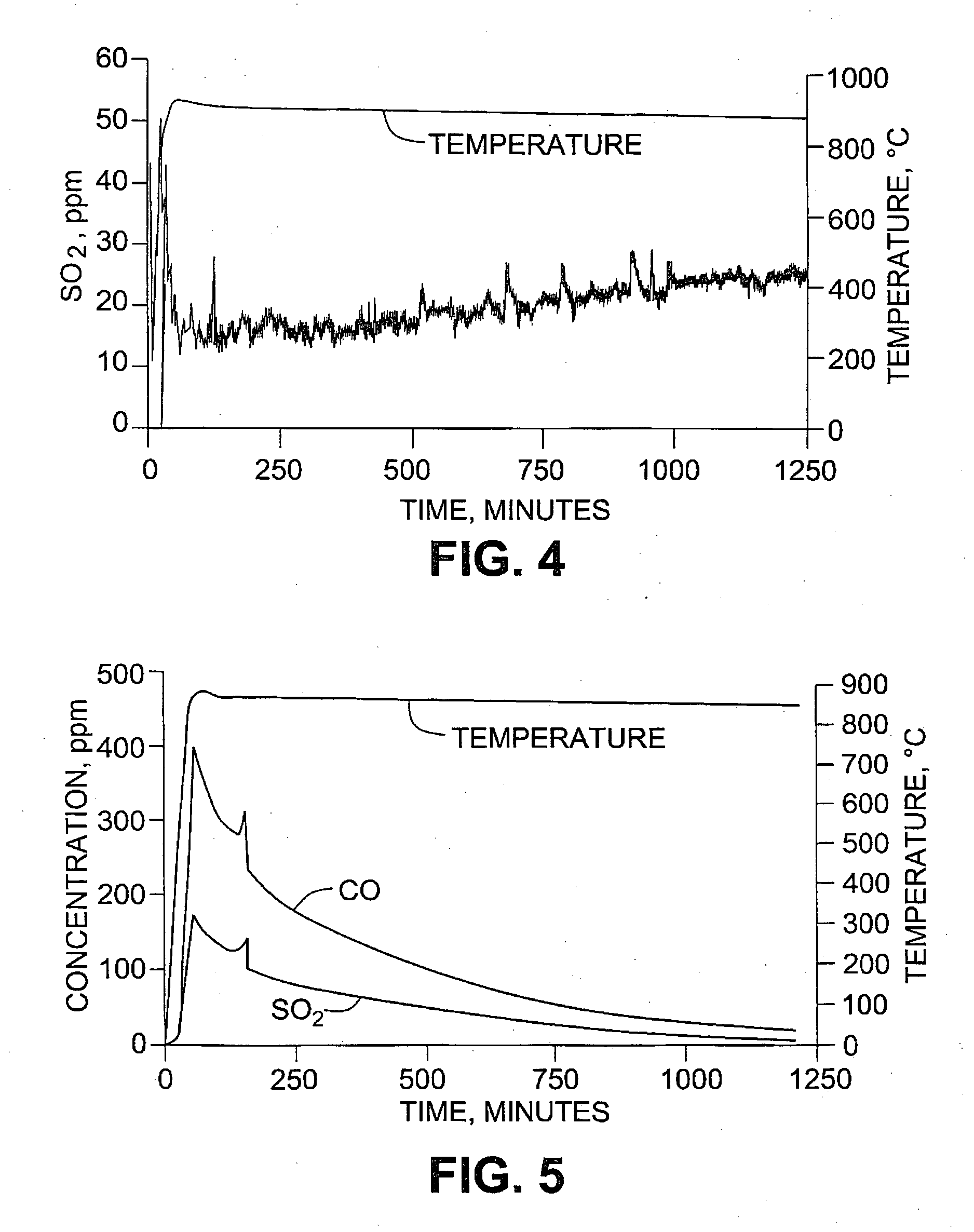Regeneration of calcium oxide or calcium carbonate from waste calcium sulphide
a technology of waste calcium sulphide and calcium carbonate, which is applied in the direction of silver compounds, silve compounds, magnesium/calcium/strontium/barium sulfides/polysulfides, etc., can solve the problems of environmental damage, inability to meet the needs of the furnace,
- Summary
- Abstract
- Description
- Claims
- Application Information
AI Technical Summary
Benefits of technology
Problems solved by technology
Method used
Image
Examples
Embodiment Construction
[0028] The invention will be described for the purposes of illustration only in connection with certain embodiments; however, it is to be understood that other objects and advantages of the present invention will be made apparent by the following description of the drawings according to the present invention. While a preferred embodiment is disclosed, this is not intended to be limiting. Rather, the general principles set forth herein are considered to be merely illustrative of the scope of the present invention and it is to be further understood that numerous changes may be made without straying from the scope of the present invention.
[0029] In one embodiment this invention seeks to provide a process for removing sulphide compounds from waste calcium sulphide particles produced by a gasification process, preferably an IGCC system, where calcium carbonate or calcium oxide is used to remove sulphur and where carbon dioxide is generated.
[0030] In the process of the present invention...
PUM
| Property | Measurement | Unit |
|---|---|---|
| Temperature | aaaaa | aaaaa |
| Temperature | aaaaa | aaaaa |
| Partial pressure | aaaaa | aaaaa |
Abstract
Description
Claims
Application Information
 Login to View More
Login to View More - R&D
- Intellectual Property
- Life Sciences
- Materials
- Tech Scout
- Unparalleled Data Quality
- Higher Quality Content
- 60% Fewer Hallucinations
Browse by: Latest US Patents, China's latest patents, Technical Efficacy Thesaurus, Application Domain, Technology Topic, Popular Technical Reports.
© 2025 PatSnap. All rights reserved.Legal|Privacy policy|Modern Slavery Act Transparency Statement|Sitemap|About US| Contact US: help@patsnap.com



